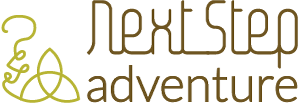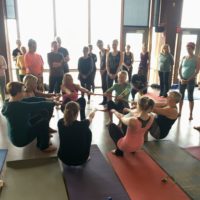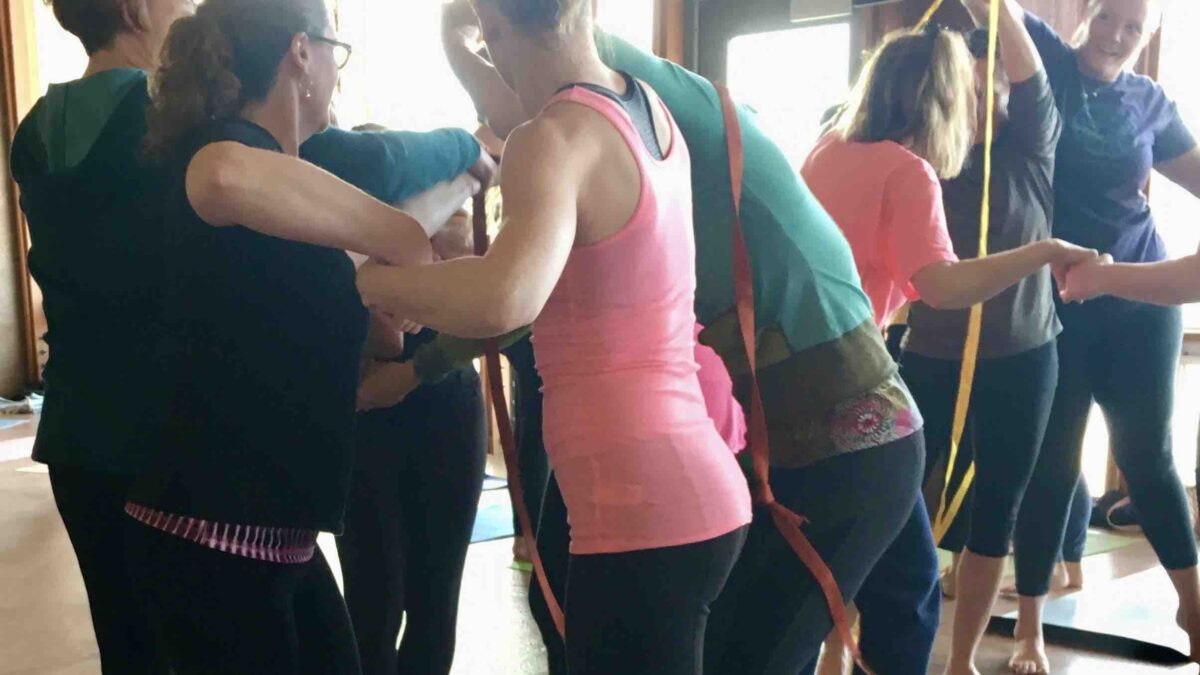Cross a Chocolate River
This is a great team building activity I’ve used for many years. Once at a 4-H Camp, we used 4-H Box Lids as the “marshmallows.” When I facilitated a program based on the Wizard of Oz, I challenged the group to cross the field of poppies instead of a chocolate river. Creating a powerful story or metaphor is key to the activity’s success. Charlie and the Chocolate Factory can be loosely interpreted, or a field trip to a chocolate factory work well.
Procedure–
Set up boundaries such as two ropes with a wide space between (this is the river); the space varies with the size of the group. Make sure the space is wider than the group would be in a straight line.
Have the participants line up on the outside of one rope, and tell them that they have spent the day in a chocolate factory, eating as much chocolate as they want but now they can’t wait to get home and have some healthy food. However, the chocolate vats have sprung a leak and they are now looking at a giant chocolate river they must cross before they get home.
They must get the entire team across the chocolate river, but it is too hot to swim across, and too deep to walk across. (Obviously, they cannot walk around the river, since it does not end just because the ropes do).
The only way to get across is by using the large, fluffy marshmallows that you provide (use felt, carpet or cardboard squares, as long as they’re not too big. Give the participants about one square per person.
Unfortunately, the current in the river is so strong that it actually sweeps the marshmallows away if no one is touching them (with a hand, foot, or other safe appendage) If the marshmallows are left without human contact, take them away immediately.
It will take a good 45 minutes for the group members to solve the initiative, and you will probably need another set of eyes to make sure that all the marshmallows are being anchored.
Possible processing questions include:
- How did your group work together?
- How did you feel when you lost your marshmallow?
- How did you feel when you got across the Chocolate River?
- How is school/group/life like the river?
- What if only a few of you made it across the river?
- What did you need to do as you crossed the river?
- How well did you do it?
- What were the strengths and weaknesses of different individuals in the group?
- What tools do the marshmallows represent to you?











